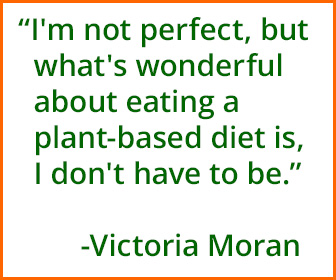Living Gluten Free
It is easier and easier today to shop for gluten free products. So many grocery stores carry myriad items for those with celiac disease. Breads, cereals, pizzas, convenience foods and pastas are only a few of the items that are now much more accessible.
Those sections are not always available and even when they are you will need to shop throughout the store.
First and foremost, it’s important to know that something labeled “wheat free” doesn’t mean that it is gluten free. Products that aren’t made with wheat may contain other sources of gluten, including barley, oats, rye). It’s important to read labels carefully. There are a number of things you’ll be looking for (more on that later).
More reliably gluten free:
The produce section (pretty much everything fresh will be gluten free).
Fresh fish. There’s no gluten in fish (check for cross contamination).
Fresh meats. Fresh beef, chicken and pork doesn’t contain gluten.
Gluten-containing foods that you might not think of:
Soy sauce and foods made with soy sauce (Tamari sauce, however, is gluten-free)
Malt flavoring and malt vinegars
Blue cheese
Some low fat dairy products (added starches)
Pre-shredded cheese (may have added starches – better to buy blocks of cheese and shred it yourself)
Beer (there are great gluten free beers on the market)
Some canned baked beans
Some mayonnaise
Foods that don’t contain gluten but might be contaminated:
Oats
Oatmeal
Quinoa
Foods that might be cross-contaminated:
Foods on salad bars
Gluten free baked goods made in the bakery at the grocery
Food that have been marinated
The other thing to check labels for and be aware of is that the substitution products will usually be much higher in calories. This includes baked goods like muffins, cookies, pizza dough and breads, but also snacks like crackers and pretzels. This is because the flours used, such as rice flour and tapioca flour, are much more calorie dense. Look carefully at the Nutrition Facts label to see what a serving size is and how many calories the food contains. These products are also generally more expensive.
The same holds true for fiber. Whole grains are a great source of fiber, but for most people that means whole wheat products. Look for items that are higher in fiber to help make up for this, including oats labeled gluten free, quinoa, fruits, veggies and legumes.
It may seem a little challenging at first, but over time you’ll discover that it’s pretty easy. As with any healthy diet, plan before you go, read the labels for better quality ingredients and check the Nutrition Facts box.



